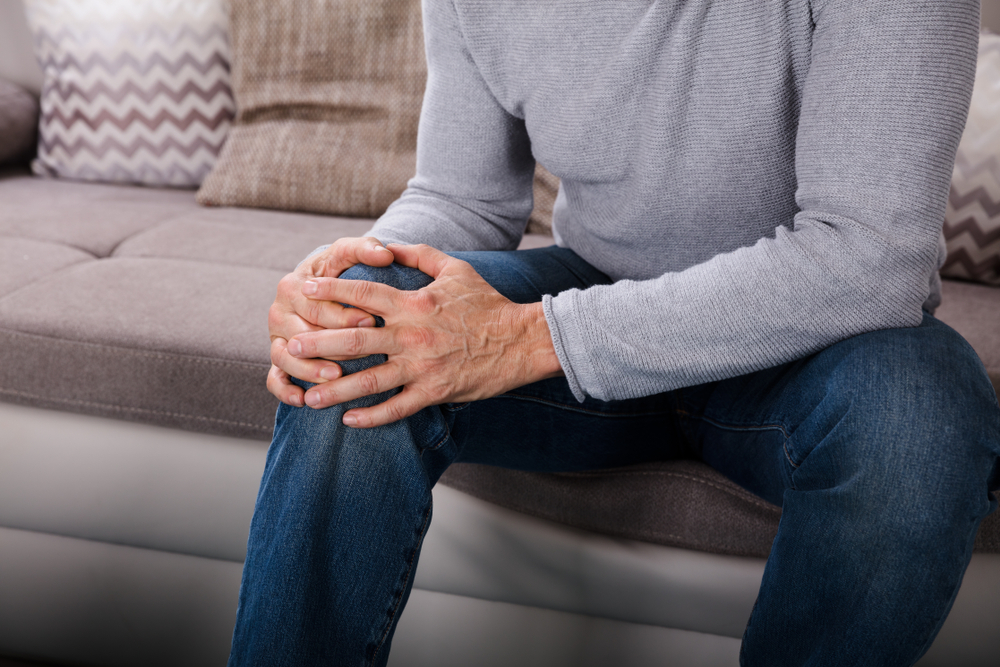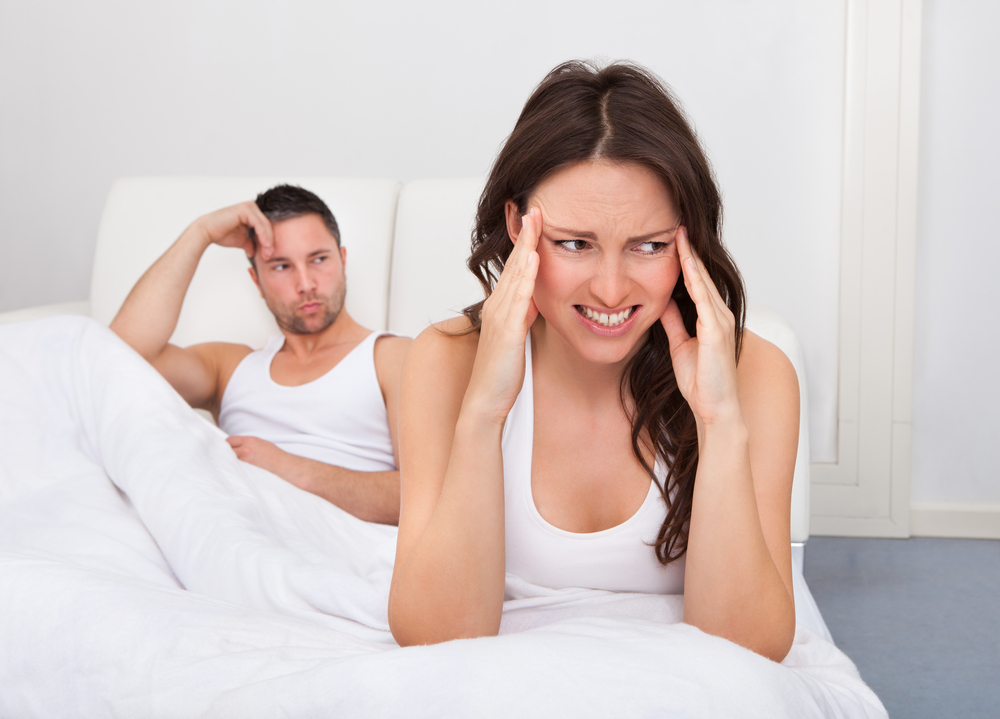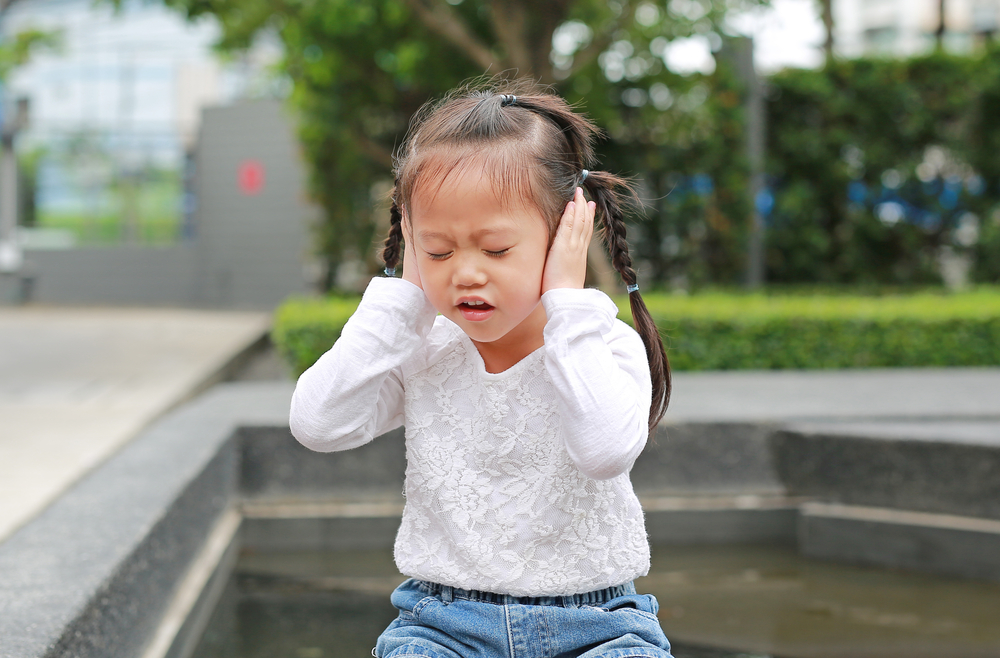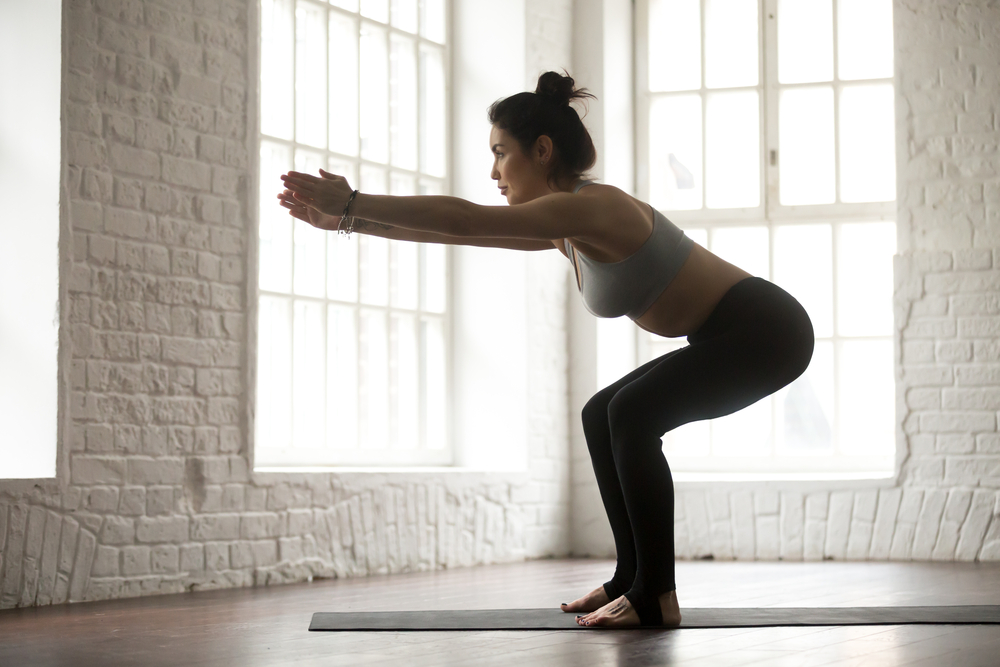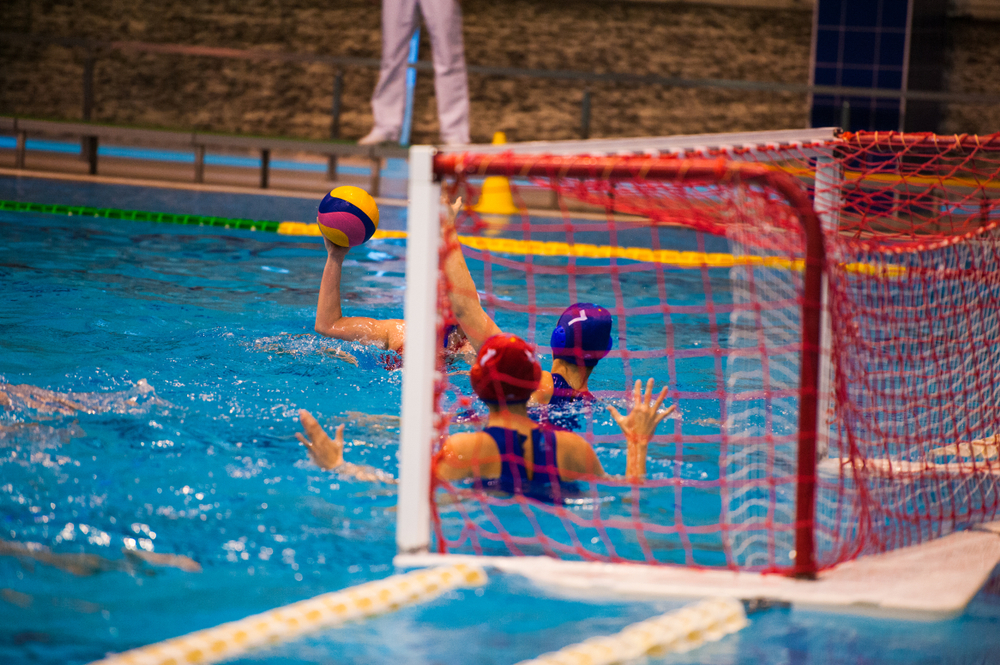Contents:
- Medical Video: Health Tips to Reduce Blood Sugar
- Why can exercise reduce blood sugar?
- Effect of hypoglycemia and physical activity
- Causes of hypoglycemia during exercise
Medical Video: Health Tips to Reduce Blood Sugar
In addition to noticing food intake, exercise also plays an important role in helping to lower blood sugar. When your muscles contract during exercise, this will stimulate other mechanisms in the body that are not insulin. This mechanism will help your cells to take glucose and use it as energy, either with or without insulin.
Here is an explanation of how exercise can help lower blood sugar in a short time.
Why can exercise reduce blood sugar?
The effects of physical activity on glucose in the blood will vary depending on how long you move and other factors. Physical activity can reduce blood sugar up to 24 hours or more after you exercise by making your body more sensitive to insulin.
Yes, when you exercise, the body's cells will increase its sensitivity to the hormone insulin. That way, you can control your blood sugar levels.
Regular blood sugar checks before and after exercise can help you find out the benefits of your activities. You can also use your blood glucose test results to see how your body reacts to different activities. Understanding these patterns can help you prevent too high or too low glucose levels.
Effect of hypoglycemia and physical activity
All people with diabetes should be prepared to face hypoglycemia, which is blood sugar levels that are too low. In many cases, people with type 1 diabetes have a higher risk of hypoglycemia. While people with type 2 diabetes tend to be at lower risk of experiencing hypoglycemia during or after exercise, unless they are on insulin treatment.
Low blood sugar levels when exercise is one of the most common threats, especially for diabetics. Plus, the symptoms of hypoglycemia often do not show signs.
Even if it appears, the symptoms are similar to some other conditions. As a result, most people with diabetes do not realize that they are experiencing hypoglycemia.
In general, some of the symptoms of hypoglycemia diabetics must be aware of are:
- Blurred vision
- Lost balance
- Cold sweat comes out
- Tingling or numbness of the lips and tongue
If you experience symptoms of hypoglycemia above during or after exercise, here are some things that can help overcome this:
- Stop exercise and immediately find sugar intake. You can find it in fruit, isotonic drinks, or glucose tablets
- Wait for 15-20 minutes and check the glucose in your blood again
- If blood sugar is still low and the symptoms of hypoglycemia do not go away, repeat the previous treatment
- After you feel better, make sure to eat healthy foods and snacks to keep your blood glucose levels low
If you want to continue exercising, you will usually need a break to overcome your low blood glucose level, depending on what activity you do and how much insulin is in your bloodstream. If you stop exercising, check to make sure your blood glucose is above 100 mg / dl before starting exercise again.
Causes of hypoglycemia during exercise
Always remember that low glucose in the blood can occur during or far after physical activity. This condition usually occurs when you:
- Using insulin
- Over eating or not eating anything for 30 minutes to 2 hours from after exercise
- Doing exercise for too long
- Doing exercise that is too heavy
If hypoglycemia continues to interfere with your practice, discuss with your doctor to adjust your treatment plan. Your doctor may recommend eating a little snack before you start exercise or he can make adjustments to your treatment.



